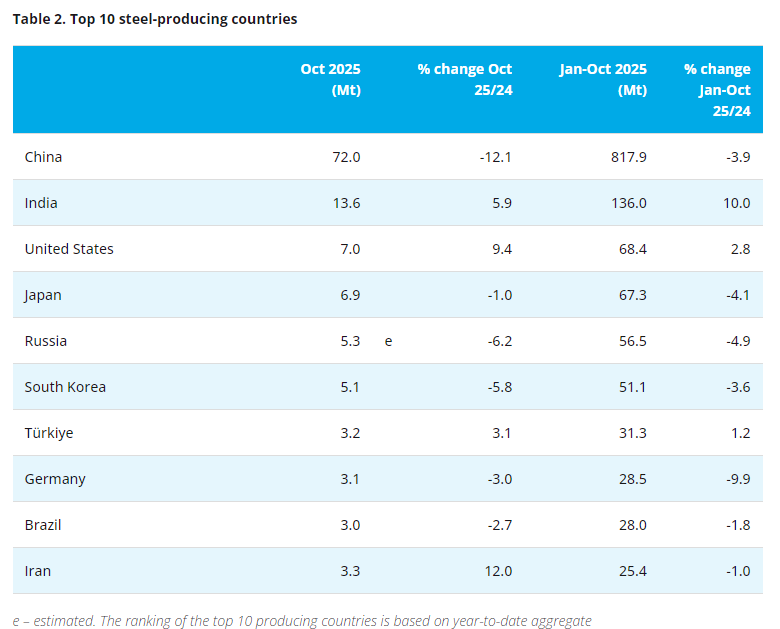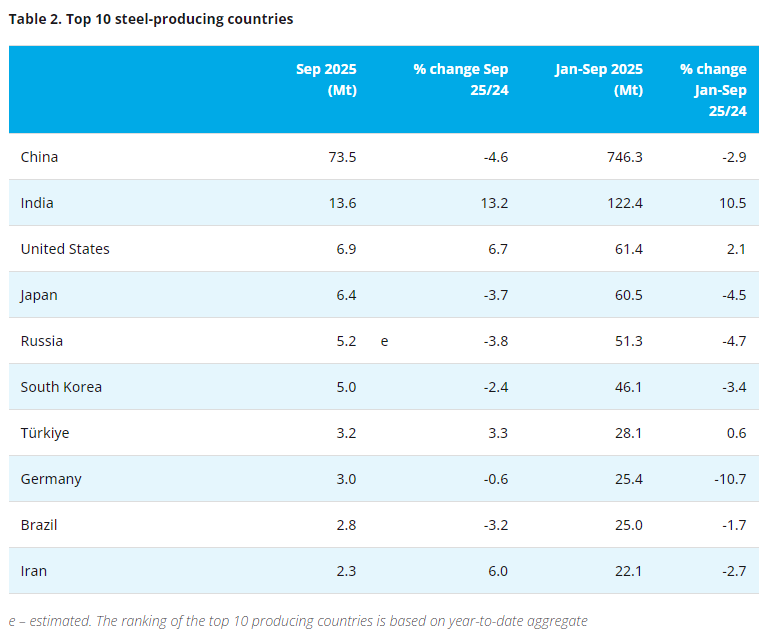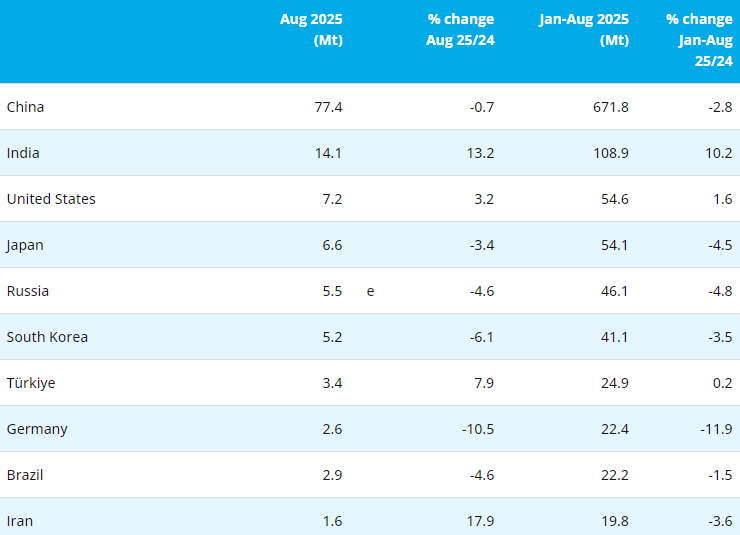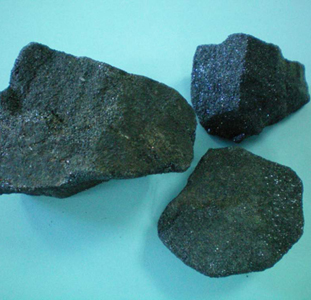[Ferro-Alloys.com]The terms of a secretive contract between Eskom and one of its biggest customers were recently uncovered, revealing a discount of R10 billion annually, a cost that other customers are ultimately forced to absorb.
During a recent question-and-answer session at Parliament, Electricity Minister Dr Kgosientsho Ramokgopa confirmed that the Cabinet has agreed to draw up an intervention to keep smelters in South Africa.
For years, the alloy, chrome, and ferrochrome industries have struggled with high operating costs, a weak economy and soaring electricity tariffs.
To help save these industries, Ramokgopa wants to introduce a negotiated pricing agreement (NPA), which will allow them to deviate from standard electricity tariffs.
However, this proposal has been met with criticism. Not only will Eskom be losing out on a valuable source of income, but this comes at a time when South African smelters are already paying a fraction of their electricity bill.
“Eskom is in financial distress,” said Chris Yelland, managing director of EE Business Intelligence. “Other customers, particularly households and SMEs, are paying ever-higher prices for less reliable power.
“Load-shedding, grid instability and rising tariffs have become hallmarks of the crisis and make life tough for South Africans.”
Despite these issues, Yelland pointed out that one of Eskom’s biggest customers pays around half the normal price for electricity.
In June 2025, Meridian Economics released an analysis on South32’s Hillside Aluminium smelter, the only primary aluminium smelter in South Africa.
The smelter, located in Richards Bay, KwaZulu-Natal, is the largest in the Southern hemisphere and one of the largest in the world.
According to Meridian, Hillside is Eskom’s largest industrial customer, accounting for 5.6% of Eskom’s electricity sales. It currently has a 10-year NPA with Eskom that was approved by Nersa in 2021.
With Eskom having previously refused to provide details of the agreement, Open Secrets obtained the full unredacted NPA from Eskom and has since published it.
No transparency
Merdian explained that Hillside’s agreement with Eskom allows it to receive a substantial discount on the cost of power on the utility’s standard tariff. The discount is approximately 50% for the ten-year term of the contract.
The discount’s value amounts to approximately R10 billion annually as of the 2025/26 financial year.
While Hillside offers an interruptibility service vital for grid stability, Meridian argued that battery storage could replicate this service at a significantly lower cost of less than R3 billion per year.
This would mean that Hillside receives a net discount of around R7 billion a year.
As a result of this discount, Eskom’s other customers are forced to pay more to compensate for the revenue loss from Hillside and other customers with NPAs.
The terms of Hillside’s NPA also state that the tariff it pays must be escalated by the Headline Producer Price Index (PPI) for Final Manufactured Goods plus 1.25% annually.
This is significantly lower than the electricity price increases that other consumers and businesses face.
In 2025/26, Eskom’s prices increased by 12.74%, although this was much lower than the 36.1% increase Eskom initially requested.
Meridian challenged the lack of transparency in the NPA and questioned whether the economic benefits generated by Hillside justify this considerable subsidy, especially since other customers have to pay for this loss.
To justify this R7 billion net discount, Hillside will have to contribute more to the economy than other customers would have if they had received the electricity instead.
However, Meridian said Nersa and Eskom never considered this in the NPA approval process. Instead, they only highlighted the economic loss if Hillside were forced to close.
One argument is that if Eskom doesn’t provide the NPA pricing to Hillside, it will close, and the country will lose the entire economic good provided by 5.6% of Eskom’s power.
“This is, of course, absurd, especially in the context of the last few years in which Eskom has been unable to provide enough power even for its existing customers,” Meridian’s briefing note said.
A better comparison is to ask whether the economic value Hillside creates from using that power is greater than the value that many other businesses across the country, both existing and new, could generate if Hillside closed and freed up that power.
As one of the country’s most energy-intensive users, Hillside requires a lot of power to make an economic contribution.
“Most other businesses require less power per unit of economic contribution, but may be equally reliant on power to survive,” Meridian said.
“This line of inquiry is absent from Eskom’s application and Nersa’s decision-making process, and yet is the crux of the matter.”
It said Nersa simply concluded that if Hillside were to close, the economy would lose R70 billion, and the existing customer base could not absorb the discounted power.
“As Eskom’s standard customers face power outages and rapidly increasing electricity tariffs, it is essential that all major electricity agreements are subject to rigorous public scrutiny and clear justification.”
Hillside responds
Daily Investor reached out to Hillside for its response to Meridian Economics’ report. A spokesperson for South32 said Hillside Aluminium is a significant contributor to South Africa’s national economy and a major employer.
“It employed over 2,300 employees and contractors in FY24 and supports a further estimated 27,400 indirect employment opportunities in the economy,” the spokesperson told Daily Investor.
Hillside supports a further estimated 27,400 indirect employment opportunities in the economy, including other parts of the aluminium industry.
They added that the smelter has played a key role in South Africa’s domestic aluminium industry as a supplier to local companies that manufacture products for sale domestically and abroad.
As the only producer of primary aluminium in South Africa and the main supplier to downstream beneficiates, including Hulamin, they said it helps the country avoid approximately R10 billion per year in aluminium imports.
“Hillside plays an important role in keeping the South African electricity grid stable and helps to manage loadshedding through the suspension of power to potlines at critical times,” the spokesperson said.
“Despite limited load-shedding across South Africa during the past year, suspension of power to potlines at Hillside has continued during this period in order to support Eskom in managing South Africa’s electricity grid.”
They explained that the pricing agreement for Hillside reflects the government’s policy to support strategic industries that create value for the nation.
Nersa approved it after considering a “range of factors”. “It helps the smelter remain internationally competitive so it can continue to deliver these significant benefits to South Africa.”
To maintain international cost competitiveness, the smelter is run in a highly efficient manner. In addition, they pointed out that NPAs are common for smelters around the world.
“The steady base load required by smelters enables a power station to be run constantly, which is more cost-effective than turning power on and off as demand fluctuates,” they said.
“The cost to Eskom of supplying bulk power to a single major customer like Hillside is significantly lower than the cost of supplying to thousands of smaller or individual customers.”
The spokesperson said Eskom outlined its rationale for the pricing agreement in a publicly available submission to Nersa in February 2021. In its submission, Eskom noted Hillside’s role in supporting the stability of the electricity grid.
When it publicly outlined its rationale for supporting the agreement, Nersa stated there was a “net benefit to the rest of the customer base in putting this agreement in place.”
They also stressed that Nersa followed an extensive public participation process in coming to its decision, including making a Consultation Paper on the Hillside application available.
In making its decision, the regulator must be satisfied that the NPA tariff is above Eskom’s cost of supply, allows Eskom to make a reasonable return, and is not subsidised by other electricity customers.
2 July 2025
- [Editor:tianyawei]



 Save
Save Print
Print Daily News
Daily News Research
Research Magazine
Magazine Company Database
Company Database Customized Database
Customized Database Conferences
Conferences Advertisement
Advertisement Trade
Trade

















Tell Us What You Think